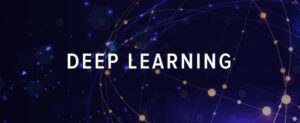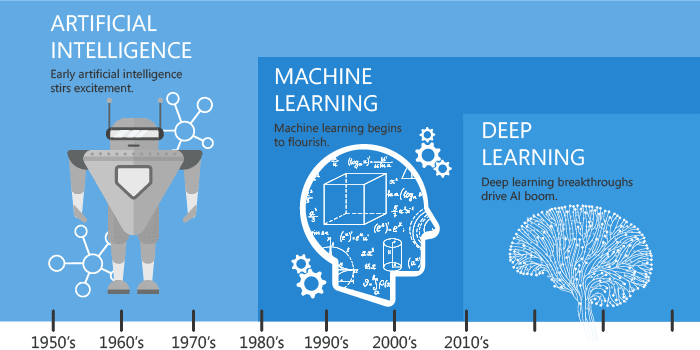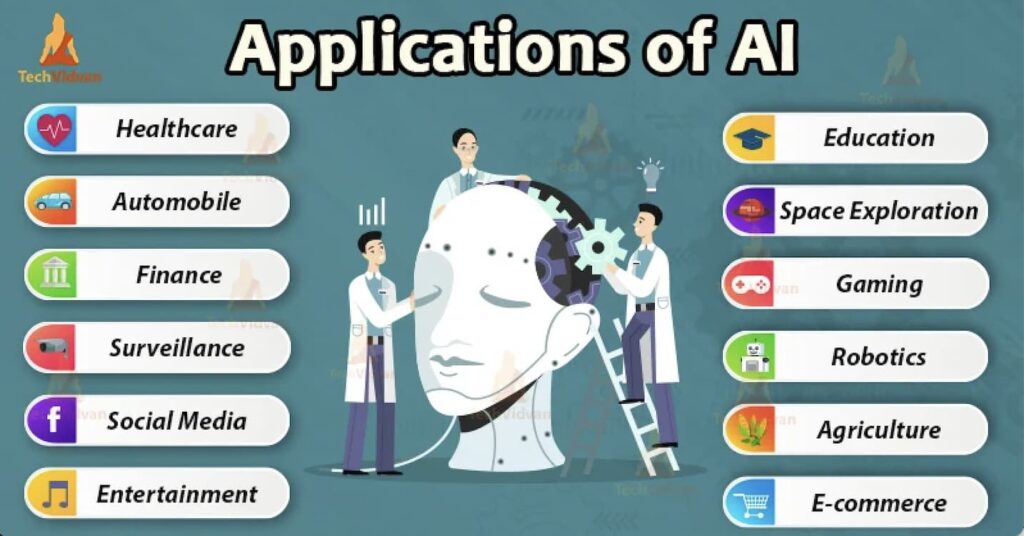Currently Empty: 0₺

Deep learning is a type of machine learning that uses artificial neural networks to enable digital systems to learn and make decisions based on structured and unlabeled data. In general, machine learning trains artificial intelligence systems to examine and learn from experiences received through data, recognize patterns, make recommendations, and fully adapt.
Digital systems with deep learning do not just respond to rule sets. They learn from examples. Then they use this information and react like humans. They also behave and perform.
Table of Contents
ToggleWhat is Deep Learning?
Deep learning, also known as Deep Learning – DL; is expressed as the ability of intelligent machines to comprehend and learn. It is designed inspired by the structure and working principle of the human brain. It is an extremely critical technology that makes autonomous vehicles a reality. Deep learning allows us to get closer to creating machines that think and feel.
Deep learning is a sub-branch of machine learning that works by imitating the functioning system of the human brain in processing data. It enables machines to learn without human supervision. It provides capabilities such as perceiving and translating spoken words, identifying objects, and making decisions.
How Does Deep Learning Work?
The training process in the deep learning system takes place by changing the actions of a system based on a feedback loop. There is a reward for each correct action in the learning system. At the same time, there is a penalty for the wrong ones. The system tries to improve its actions to maximize the reward.
Deep learning is possible with artificial neural networks. All this is inspired by the neural networks of the human brain. Sensors, the artificial equivalent of neurons, come together to form artificial neural networks. The term “deep” is used to indicate the number of hidden layers in neural networks. Traditional neural networks contain two to three hidden layers. Deep networks, on the other hand, have up to 150 layers.
Why is Deep Learning Important?
Data scientists and developers use deep learning software to analyze both large and complex datasets, perform complex and non-linear tasks, and respond to text, audio, or images faster and more accurately than humans in general. All these features, which have many practical uses, are also recognized as a modern innovations. All of the things that enable driverless car models to process images and distinguish pedestrians or smart home devices to understand voice commands are deep learning.
What is Deep Learning Algorithms?
Algorithms to be used during the creation of deep learning architectures are of great importance. These algorithms may differ according to the type, size, structure, volume, and parameters to be used. To give examples of algorithms;
- Convolutional Neural Network (CNN),
- Recurrent Neural Network (RNN),
- Restricted Boltzmann Machines (RBM),
- Deep Belief Nets (DBN).
 Deep Learning with Python
Deep Learning with Python
The biggest coding language that contributes to the development of deep learning technology is known as Python. Python is the coding language that best answers what deep learning is and how it works. This is exactly what causes the popularity of the Python language and deep learning today.
Deep Learning Layers
Deep learning layers are briefly as follows;
- Input i.e. Input Layer
- Convolution, i.e. Convolution layer
- Fully Connected, i.e. Full-Connected Layer
- Dropout Layer
- Classification i.e. Classification layer
- Softening, i.e. Softmax Layer
- Normalisation i.e. Normalisation Layer
Deep Learning Libraries
There are many libraries used for the comprehensive operation and development of deep learning algorithms. These libraries are briefly as follows;
- TensorFlow
- Theano
- Caffe
- Keras
- PyTorch
- MXNet
- CNTK
- KNet
- DIGITS
- THE VELES
- Chainer
- PaddlePaddle
- Covnetjs
- Deeplearning4j
- Deep Learn Toolbox-Matlab
- PyLearn2
- Sci-Kit Learn
- NET
- AccordMachineLearning
- Apache Spark
Deep Learning with Keras
Deep Learning with Keras provides the best transfer of the subtleties of improvement with model applications. It is known as a work that deals with theoretical knowledge in mathematical structure in an applied way. It is prepared based on deep learning basics from beginning to end
Deep Learning Usage Areas
Deep learning is used in many areas. Some of these are briefly as follows.
- Automatic driving
- Medical research
- Aerospace and defense
- Industrial automation
 Deep Learning and Artificial Intelligence
Deep Learning and Artificial Intelligence
Artificial intelligence encompasses machine learning, where machines can learn through experience and acquire skills without human involvement. Deep learning is defined as a subset of machine learning in which artificially shaped neural networks and algorithms inspired by the human brain learn from data.
What are the Differences Between Deep Learning and Machine Learning?
We can list the differences between deep learning and machine learning as follows:
- Hardware dependencies; Machine learning can be done on low-end machines. Deep learning requires high-end machines.
- Number of data points; In machine learning, a small amount of data is sufficient at the prediction point. Deep learning requires a large amount of data.
- Learning approach; In machine learning, the learning process works in small steps. This is faster in deep learning.
- Feature acquisition process; In machine learning, users learn features. In deep learning, information is taken from data.
- Execution time; It takes a little time in machine learning. In deep learning, this takes longer.
- Output: In machine learning, the output is a numerical value. In deep learning, the output can be in the form of sound or score.
Deep Learning Book Recommendations
If it is necessary to recommend a few books on deep learning that are recommended to be read;
- Chollet, François (2017) Deep Learning with Python
- Géron, Aurélien (2017) Hands-On Machine Learning with Scikit-Learn and TensorFlow: Concepts, Tools, and Techniques for Building Intelligent Systems
- Thakur, Abhishek (2020) Approaching (Almost) Any Machine Learning Problem
- Lopez de Prado, Marcos (2018) Advances in Financial Machine Learning
Frequently Asked Questions About Deep Learning
What are Deep Learning Applications?
Deep learning is applied to filtering social networks, fraud detection, image, voice recognition, speech, computer vision, customer relationship management, medical image processing, bioinformatics, and many other fields.
 What is Deep Learning Tools?
What is Deep Learning Tools?
Libraries and books are the basis of deep learning tools. In this way, it becomes possible to get comprehensive information.
Why is Deep Learning Important?
Deep learning contributes to the ability of several computational models formed through multiple processing layers to learn representations of data with multiple levels of abstraction. The multi-layered approach is then defined through abstraction and representation learning.
What can be done with Deep Learning?
Deep learning is a machine learning technique. It allows for predicting outputs with a data set and training artificial intelligence. Supervised or unsupervised learning can be preferred to train artificial intelligence.
What is Deep Learning Used For?
Deep learning is generally used to accurately identify areas that are safe or unsafe for troops’ satellites.
What is the Logic of Deep Learning?
Deep learning is a machine learning method that uses algorithms and big data to create some outputs and give some answers without any human intervention. The algorithms of deep learning analyze the data within the framework of logical structure and try to conclude similar to what humans would do.



